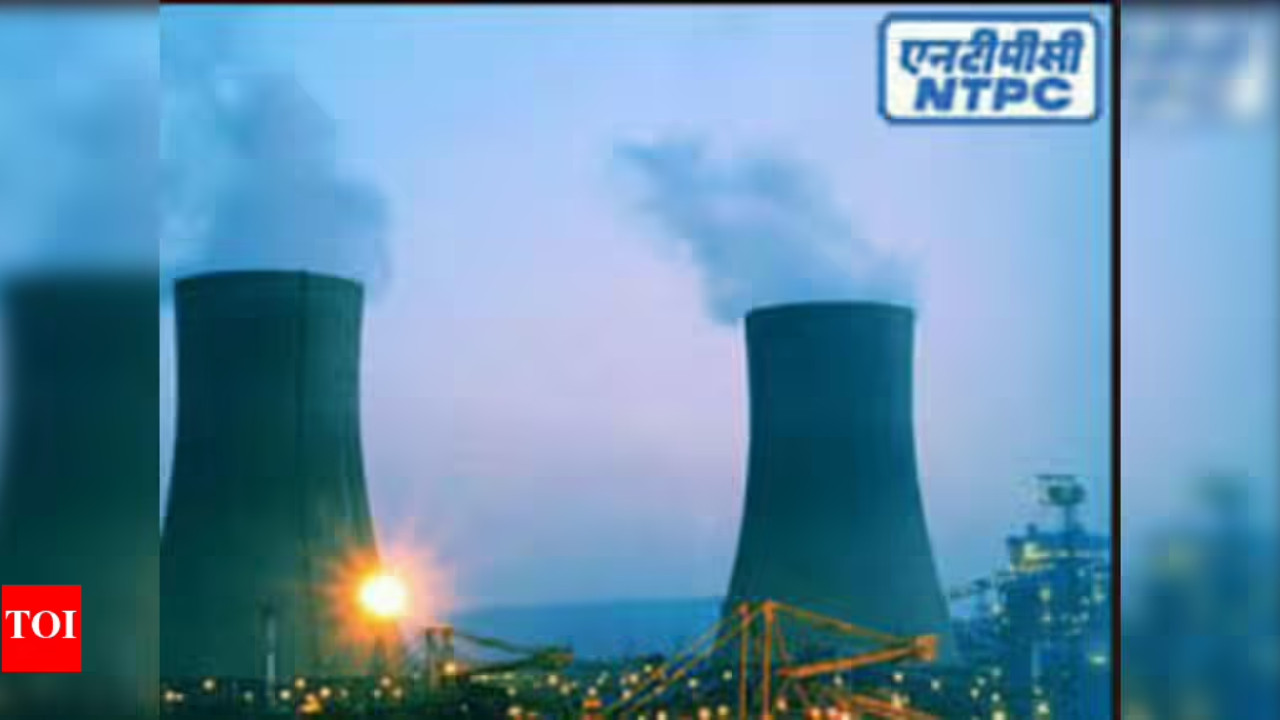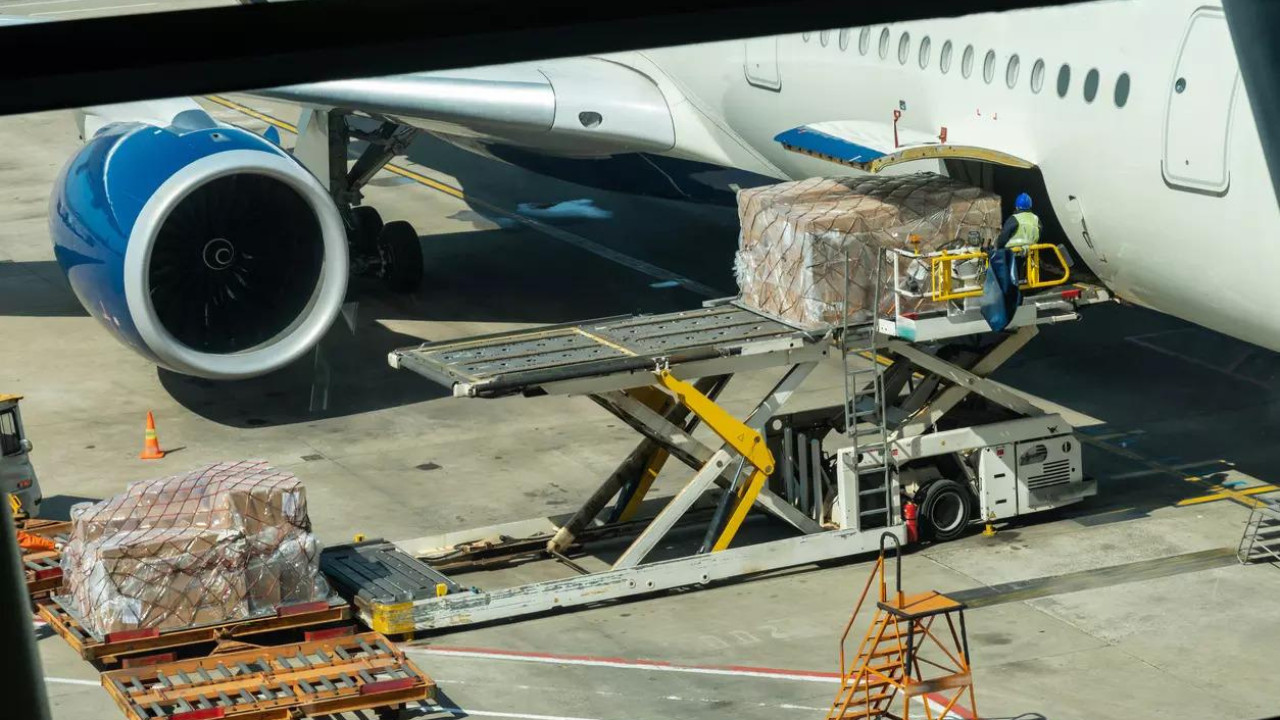Hindustan Aeronautics Limited (HAL) has secured the bid for the transfer of technology for ISRO’s Small Satellite Launch Vehicle (SSLV). ISRO will support HAL for two years, during which HAL will produce two SSLVs using the existing design. HAL will then be able to modify the design and integrate its own vendors from the third rocket onwards.
HAL Takes the Reins: India’s Small Satellite Launch Vehicle Just Got a Lot More Interesting
Okay, let’s talk space – but not the science fiction kind. Let’s talk about the real, tangible, who’s-building-the-rockets kind of space. Because a pretty significant shift just happened in India’s burgeoning private space sector, and it’s got some serious implications for the future.
The big news? Hindustan Aeronautics Limited (HAL), yes, the same HAL that builds fighter jets, just secured a technology transfer from ISRO (Indian Space Research Organisation) to produce the Small Satellite Launch Vehicle, or SSLV. Now, this might sound like a whole lot of acronyms, but stick with me. This is a big deal.
Think of the SSLV as the “delivery truck” of the space world. It’s designed to be a quick, affordable, and highly adaptable way to get smaller satellites into orbit. These satellites are the backbone of so much of our modern life – from weather forecasting and GPS navigation to vital Earth observation and communication services. The demand for launching these smaller payloads is skyrocketing, and the SSLV is ISRO’s answer to meeting that demand.
What makes this move so compelling is who HAL beat out to get the deal. Adani Defence and Aerospace, leading a consortium that included Bharat Dynamics Limited (BDL), was also vying for the transfer. That’s right, Adani – the name that’s become synonymous with India’s booming infrastructure development. This wasn’t just some low-stakes competition; this was a head-to-head battle between a state-owned giant known for its aerospace prowess and a rapidly expanding private sector player hungry to stake its claim in the space race.
So, why HAL? Why hand over the keys to this promising vehicle to a company already juggling a massive portfolio of defense projects? That’s the million-dollar (or should I say, rupee) question.
One possible answer lies in HAL’s existing infrastructure and deep-rooted expertise in aerospace manufacturing. They already have the facilities, the skilled workforce, and, crucially, a long history of working with ISRO on various projects. It’s not a complete surprise that ISRO would gravitate towards a partner they know and trust, especially when dealing with something as sensitive and technically demanding as rocket production.
But let’s not dismiss the significance of Adani’s bid. The very fact that they were in the running highlights the growing ambition and capability within the private space sector. They represent a new wave of entrepreneurs eager to disrupt the status quo and inject innovation into a field traditionally dominated by government agencies. Adani’s entry into the space sector, regardless of this particular outcome, signifies a shift towards greater private participation – a trend that’s likely to continue.
The implications of HAL taking the reins on the SSLV are multifaceted. On one hand, it could lead to faster production and deployment of the launch vehicle, leveraging HAL’s existing capacity. On the other hand, some might argue that it slows down the potential for radical innovation that a more agile private player like Adani could have brought to the table. Time will tell which perspective holds more weight.
And what about ISRO itself? This technology transfer is a strategic move, freeing up ISRO’s resources to focus on more ambitious projects, like manned space missions and deep-space exploration. By entrusting the production of the SSLV to a capable partner, ISRO can dedicate its energies to pushing the boundaries of space technology even further.
Of course, there are challenges ahead. Scaling up production, ensuring quality control, and meeting the ever-evolving demands of the global satellite launch market will be no easy feat. HAL will need to demonstrate its ability to adapt and innovate to stay competitive in this rapidly evolving landscape.
Ultimately, this is a story about the evolution of India’s space program. It’s about the delicate balance between leveraging established expertise and fostering innovation. It’s about the increasing involvement of the private sector and the strategic vision of ISRO to unlock the full potential of India’s space capabilities.
The SSLV deal with HAL isn’t just a contract; it’s a symbol of a changing landscape, a marker of India’s growing ambition, and a glimpse into the future of its space program. And, honestly, that future looks pretty darn exciting.







